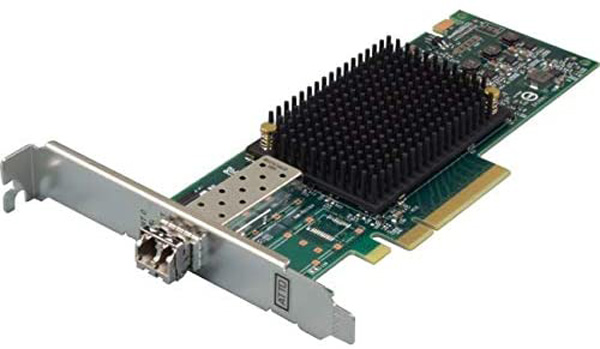
NetApp recently collaborated with ATTO to find the best way to address challenges to media workflows, in particular those related to latency, a significant cause of poor performance in professional media applications that can lead to other inefficiencies along the production chain.
In 2020 latency is a persistent challenge for media editors and content creators. NetApp has found that ATTO Celerity Fibre Channel host bus adapters have more than 50% less maximum latency and overall less average latency than other competing products. These performance metrics were generated by benchmarks NetApp conducted. The result was published in ‘Increased Streaming Capacity Solutions for Media and Entertainment’, which is available on ATTO.com.
Using a multiple single threaded frametest, ATTO products were able to achieve 38.5GB/s equating to 32 simultaneous 4K streams at 24fps without dropped frames. This figure indicates 50% less maximum latency and overall less average latency than the closest competitor. ATTO attributes these results to a combination of ATTO MultiPath Director and ATTO Advanced Data Streaming (ADS).

ATTO Advanced Data Streaming is proprietary system built into ATTO host adapters that is designed to manage latency in high-bandwidth environments. ADS manages latency to control acceleration for smooth, consistent data streaming to move large amounts of data faster and efficiently.
MultiPath Director is a specialized multipathing driver incorporated into ATTO Celerity Fibre Channel HBAs. MultiPath Director implemented across all hosts improves overall Fibre Channel SAN efficiency with consistent uninterrupted access to data through failover and failback protection. Load balancing increases overall system performance by using more than one Fibre Channel path to transfer data.
Furthermore, ATTO Celerity uses Fibre Channel for the host bus adapters. Fibre Channel is a fast, lossless protocol – reducing latency as it preserves the integrity of data – with predetermined throughput and reliability, which is why it is a common storage network approach for media workflows. Data security is maintained from beginning to end and not broken up, as in other protocols.
Fibre Channel can also support both legacy SCSI traffic and NVMe traffic simultaneously, and is backwards compatible two generations, allowing the use of existing SAN infrastructures and lowering the cost of scaling. www.atto.com



